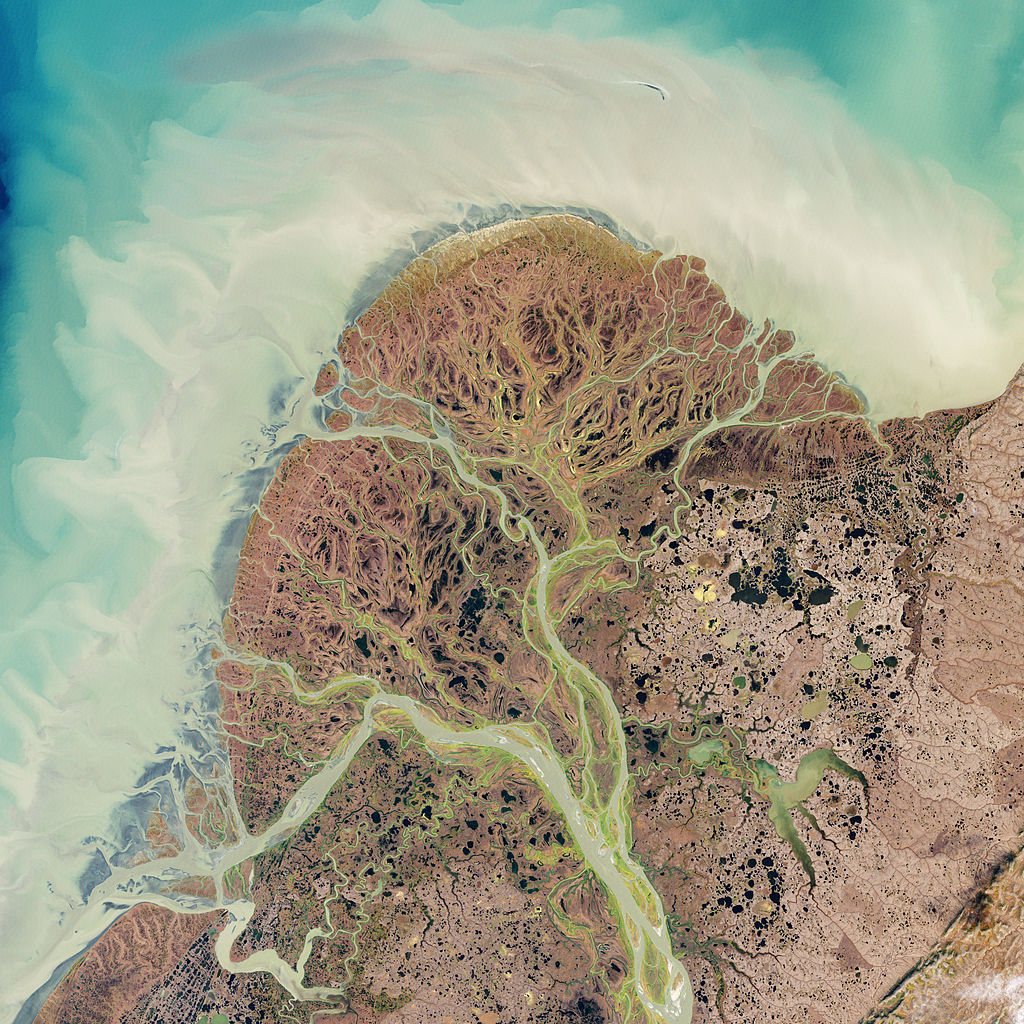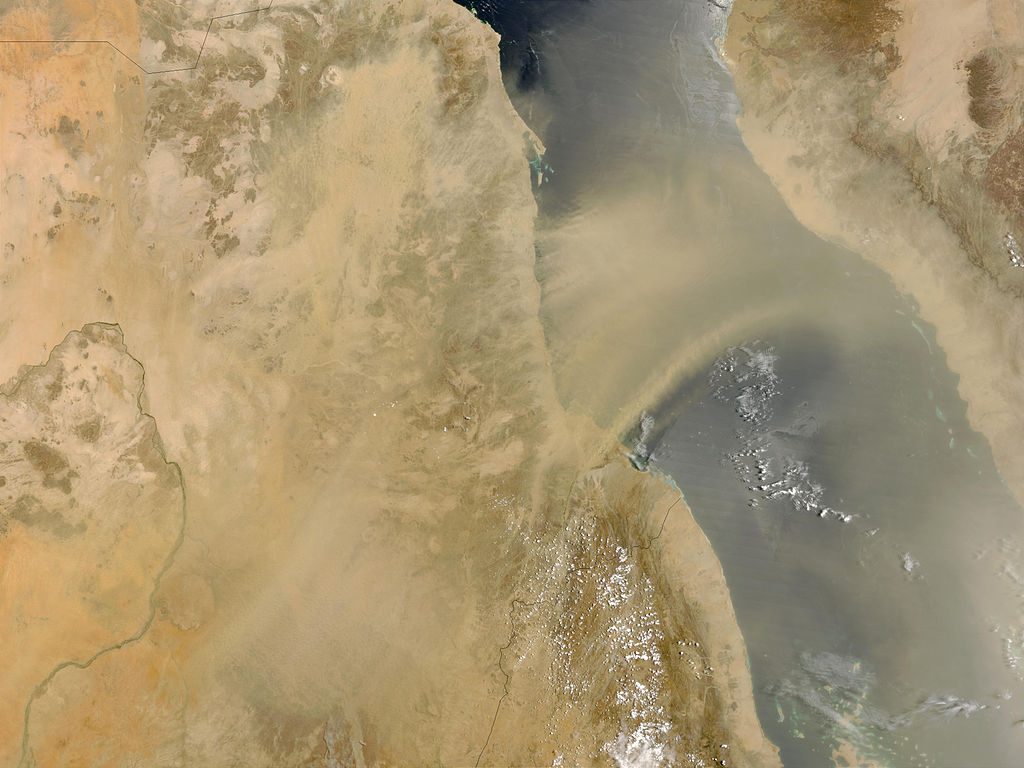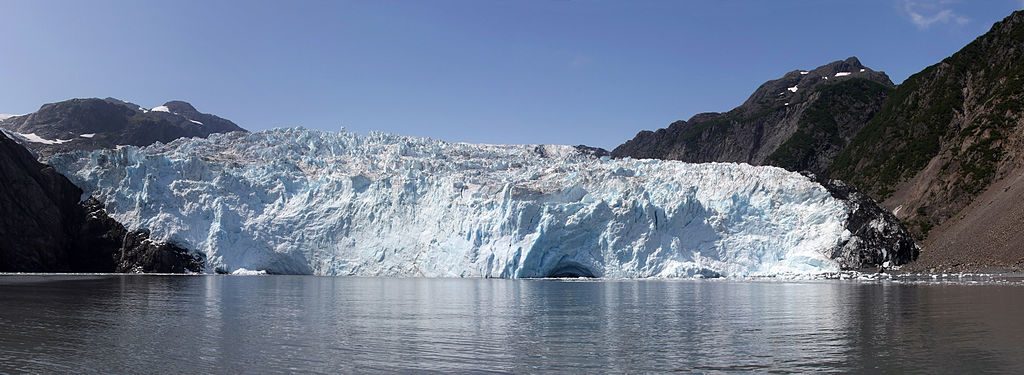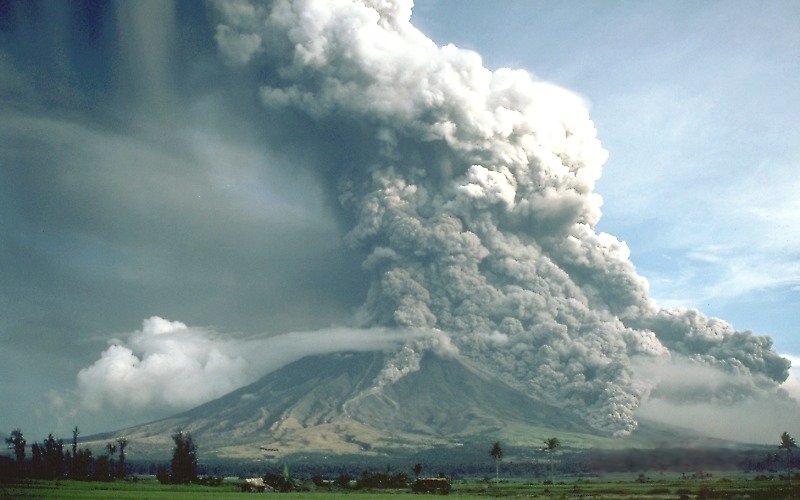12.2: Lithogenous Sediments
- Page ID
- 4462
\( \newcommand{\vecs}[1]{\overset { \scriptstyle \rightharpoonup} {\mathbf{#1}} } \)
\( \newcommand{\vecd}[1]{\overset{-\!-\!\rightharpoonup}{\vphantom{a}\smash {#1}}} \)
\( \newcommand{\dsum}{\displaystyle\sum\limits} \)
\( \newcommand{\dint}{\displaystyle\int\limits} \)
\( \newcommand{\dlim}{\displaystyle\lim\limits} \)
\( \newcommand{\id}{\mathrm{id}}\) \( \newcommand{\Span}{\mathrm{span}}\)
( \newcommand{\kernel}{\mathrm{null}\,}\) \( \newcommand{\range}{\mathrm{range}\,}\)
\( \newcommand{\RealPart}{\mathrm{Re}}\) \( \newcommand{\ImaginaryPart}{\mathrm{Im}}\)
\( \newcommand{\Argument}{\mathrm{Arg}}\) \( \newcommand{\norm}[1]{\| #1 \|}\)
\( \newcommand{\inner}[2]{\langle #1, #2 \rangle}\)
\( \newcommand{\Span}{\mathrm{span}}\)
\( \newcommand{\id}{\mathrm{id}}\)
\( \newcommand{\Span}{\mathrm{span}}\)
\( \newcommand{\kernel}{\mathrm{null}\,}\)
\( \newcommand{\range}{\mathrm{range}\,}\)
\( \newcommand{\RealPart}{\mathrm{Re}}\)
\( \newcommand{\ImaginaryPart}{\mathrm{Im}}\)
\( \newcommand{\Argument}{\mathrm{Arg}}\)
\( \newcommand{\norm}[1]{\| #1 \|}\)
\( \newcommand{\inner}[2]{\langle #1, #2 \rangle}\)
\( \newcommand{\Span}{\mathrm{span}}\) \( \newcommand{\AA}{\unicode[.8,0]{x212B}}\)
\( \newcommand{\vectorA}[1]{\vec{#1}} % arrow\)
\( \newcommand{\vectorAt}[1]{\vec{\text{#1}}} % arrow\)
\( \newcommand{\vectorB}[1]{\overset { \scriptstyle \rightharpoonup} {\mathbf{#1}} } \)
\( \newcommand{\vectorC}[1]{\textbf{#1}} \)
\( \newcommand{\vectorD}[1]{\overrightarrow{#1}} \)
\( \newcommand{\vectorDt}[1]{\overrightarrow{\text{#1}}} \)
\( \newcommand{\vectE}[1]{\overset{-\!-\!\rightharpoonup}{\vphantom{a}\smash{\mathbf {#1}}}} \)
\( \newcommand{\vecs}[1]{\overset { \scriptstyle \rightharpoonup} {\mathbf{#1}} } \)
\( \newcommand{\vecd}[1]{\overset{-\!-\!\rightharpoonup}{\vphantom{a}\smash {#1}}} \)
\(\newcommand{\avec}{\mathbf a}\) \(\newcommand{\bvec}{\mathbf b}\) \(\newcommand{\cvec}{\mathbf c}\) \(\newcommand{\dvec}{\mathbf d}\) \(\newcommand{\dtil}{\widetilde{\mathbf d}}\) \(\newcommand{\evec}{\mathbf e}\) \(\newcommand{\fvec}{\mathbf f}\) \(\newcommand{\nvec}{\mathbf n}\) \(\newcommand{\pvec}{\mathbf p}\) \(\newcommand{\qvec}{\mathbf q}\) \(\newcommand{\svec}{\mathbf s}\) \(\newcommand{\tvec}{\mathbf t}\) \(\newcommand{\uvec}{\mathbf u}\) \(\newcommand{\vvec}{\mathbf v}\) \(\newcommand{\wvec}{\mathbf w}\) \(\newcommand{\xvec}{\mathbf x}\) \(\newcommand{\yvec}{\mathbf y}\) \(\newcommand{\zvec}{\mathbf z}\) \(\newcommand{\rvec}{\mathbf r}\) \(\newcommand{\mvec}{\mathbf m}\) \(\newcommand{\zerovec}{\mathbf 0}\) \(\newcommand{\onevec}{\mathbf 1}\) \(\newcommand{\real}{\mathbb R}\) \(\newcommand{\twovec}[2]{\left[\begin{array}{r}#1 \\ #2 \end{array}\right]}\) \(\newcommand{\ctwovec}[2]{\left[\begin{array}{c}#1 \\ #2 \end{array}\right]}\) \(\newcommand{\threevec}[3]{\left[\begin{array}{r}#1 \\ #2 \\ #3 \end{array}\right]}\) \(\newcommand{\cthreevec}[3]{\left[\begin{array}{c}#1 \\ #2 \\ #3 \end{array}\right]}\) \(\newcommand{\fourvec}[4]{\left[\begin{array}{r}#1 \\ #2 \\ #3 \\ #4 \end{array}\right]}\) \(\newcommand{\cfourvec}[4]{\left[\begin{array}{c}#1 \\ #2 \\ #3 \\ #4 \end{array}\right]}\) \(\newcommand{\fivevec}[5]{\left[\begin{array}{r}#1 \\ #2 \\ #3 \\ #4 \\ #5 \\ \end{array}\right]}\) \(\newcommand{\cfivevec}[5]{\left[\begin{array}{c}#1 \\ #2 \\ #3 \\ #4 \\ #5 \\ \end{array}\right]}\) \(\newcommand{\mattwo}[4]{\left[\begin{array}{rr}#1 \amp #2 \\ #3 \amp #4 \\ \end{array}\right]}\) \(\newcommand{\laspan}[1]{\text{Span}\{#1\}}\) \(\newcommand{\bcal}{\cal B}\) \(\newcommand{\ccal}{\cal C}\) \(\newcommand{\scal}{\cal S}\) \(\newcommand{\wcal}{\cal W}\) \(\newcommand{\ecal}{\cal E}\) \(\newcommand{\coords}[2]{\left\{#1\right\}_{#2}}\) \(\newcommand{\gray}[1]{\color{gray}{#1}}\) \(\newcommand{\lgray}[1]{\color{lightgray}{#1}}\) \(\newcommand{\rank}{\operatorname{rank}}\) \(\newcommand{\row}{\text{Row}}\) \(\newcommand{\col}{\text{Col}}\) \(\renewcommand{\row}{\text{Row}}\) \(\newcommand{\nul}{\text{Nul}}\) \(\newcommand{\var}{\text{Var}}\) \(\newcommand{\corr}{\text{corr}}\) \(\newcommand{\len}[1]{\left|#1\right|}\) \(\newcommand{\bbar}{\overline{\bvec}}\) \(\newcommand{\bhat}{\widehat{\bvec}}\) \(\newcommand{\bperp}{\bvec^\perp}\) \(\newcommand{\xhat}{\widehat{\xvec}}\) \(\newcommand{\vhat}{\widehat{\vvec}}\) \(\newcommand{\uhat}{\widehat{\uvec}}\) \(\newcommand{\what}{\widehat{\wvec}}\) \(\newcommand{\Sighat}{\widehat{\Sigma}}\) \(\newcommand{\lt}{<}\) \(\newcommand{\gt}{>}\) \(\newcommand{\amp}{&}\) \(\definecolor{fillinmathshade}{gray}{0.9}\)Lithogenous or terrigenous sediment is primarily composed of small fragments of preexisting rocks that have made their way into the ocean. These sediments can contain the entire range of particle sizes, from microscopic clays to large boulders, and they are found almost everywhere on the ocean floor. Lithogenous sediments are created on land through the process of weathering, where rocks and minerals are broken down into smaller particles through the action of wind, rain, water flow, temperature- or ice-induced cracking, and other erosive processes. These small eroded particles are then transported to the oceans through a variety of mechanisms:
- Streams and rivers: Various forms of runoff deposit large amounts of sediment into the oceans, mostly in the form of finer-grained particles (Figure \(\PageIndex{1}\)). About 90% of the lithogenous sediment in the oceans is though to have come from river discharge, particularly from Asia. Most of this sediment, especially the larger particles, will be deposited and remain fairly close to the coastline, however, smaller clay particles may remain suspended in the water column for long periods of time and may be transported great distances from the source.

- Wind: Wind-borne (aeolian) transport can take small particles of sand and dust and move them thousands of kilometers from the source. These small particles can fall into the ocean when the wind dies down, or can serve as the nuclei around which raindrops or snowflakes form. Aeolian transport is particularly important near desert areas (Figure \(\PageIndex{2}\)).

- Glaciers and ice rafting: As glaciers grind their way over land, they pick up lots of soil and rock particles, including very large boulders, that get carried by the ice. When the glacier meets the ocean and begins to break apart or melt, these particles get deposited (Figure \(\PageIndex{3}\)). Most of the deposition will happen close to where the glacier meets the water, but a small amount of material is also transported longer distances by rafting, where larger pieces of ice drift far from the glacier before releasing their sediment.

- Gravity: Landslides, mudslides, avalanches, and other gravity-driven events can deposit large amounts of material into the ocean when they happen close to shore.
- Waves: Wave action along a coastline will erode rocks and will pull loose particles from beaches and shorelines into the water.
- Volcanoes: Volcanic eruptions emit vast amounts of ash and other debris into the atmosphere, where it can then be transported by wind to eventually get deposited in the oceans (Figure \(\PageIndex{4}\)).

- Gastroliths: An interesting, although relatively minor avenue for the transport of lithogenous sediments to the ocean is in the form of gastroliths. Gastrolith means “stomach stones” and comes from the fact that many animals, including seabirds, pinnipeds, and some crocodiles will deliberately swallow stones in one area and regurgitate them in another. Often these stones swallowed on land will be regurgitated at sea. Why swallow stones? Possible explanations include using the stones to help grind up food in the stomach, to act as ballast to aid in buoyancy regulation, or to fill the stomach and reduce feelings of hunger during fasting periods on shore.
Most of these processes deposit lithogenous sediment fairly close to shore. The sediment particles can then be transported farther away by waves and currents, where they may eventually escape the continental shelf and reach the deep ocean floor.
Composition
Lithogenous sediments usually reflect the composition of whatever materials they were derived from, so they are dominated by the major minerals that make up most terrestrial rock. This includes quartz, feldspar, clay minerals, iron oxides, and terrestrial organic matter. Quartz (silicon dioxide, the main component of glass) is one of the most common minerals found in nearly all rocks, and it is very resistant to abrasion (see section 12.1), so it is a dominant component of lithogenous sediments, including sand.


